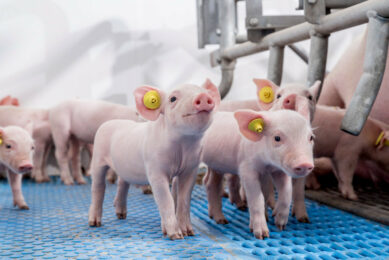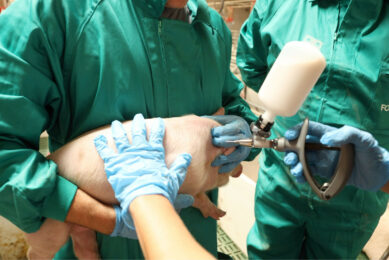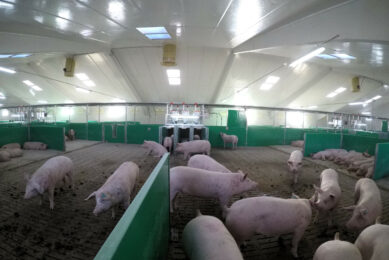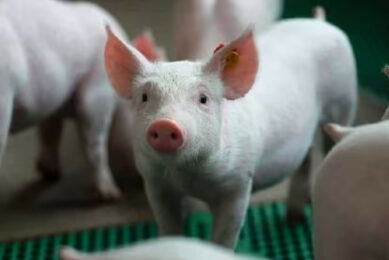Animal proteins as natural boost to piglet health
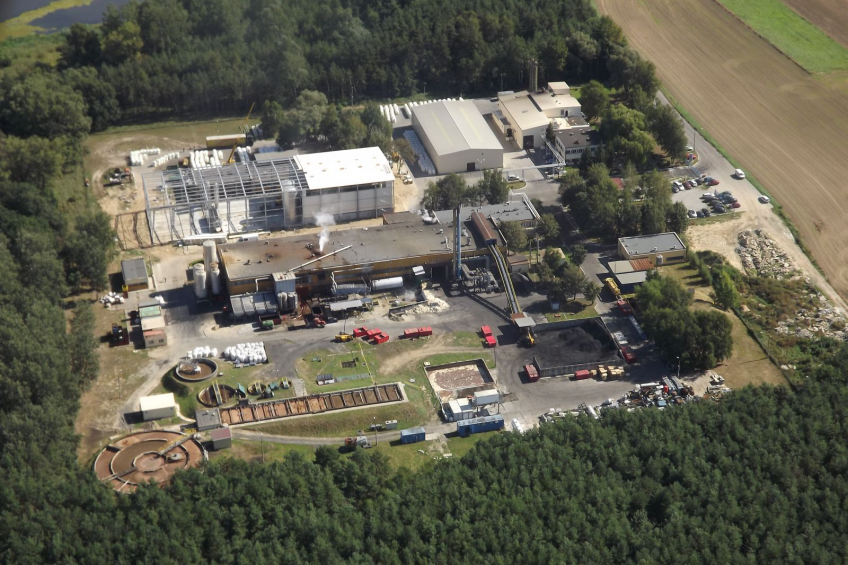
Stimulation of feed intake is a key factor in managing the health of weaned piglets. More sophisticated animal protein products have become available, with a range of functionalities to support growth of healthy piglets.
By Louis Van Deun, MSc, Darling International
Protein is the most expensive nutrient in diets for weaned piglets. Type and quality of protein sources have shown to influence the performance and health status of weaned piglets. In general, animal protein sources have a higher nutritional value for piglets in the period of weaning compared to protein sources of plant origin.
Animal protein is easily digestible, which is favourable considering the low enzyme production of piglets around weaning, and does not contain anti-nutritional factors as present in different plant proteins, which reduces the digestibility of the protein or has detrimental effects on the gut environment. Additionally, some protein sources derived from animals are not only highly digestible, but also contain beneficial components as immunoglobulins, which further increases the value of these proteins for weaned piglets.
Nature and application
Today, there is a high differentiation of available animal proteins and their applications. European legislation set out clear regulations defining different classes of animal proteins and their possible uses in animal feed.
The first and most well-known class is Processed Animal Proteins or PAPs in short. These are classic rendering products like poultry meat meal with valuable nutritional value but which have been banned from use in compound feed in the EU. Since the 1st of June 2013, an exception was made for non-ruminant PAPs in aquafeed. A second class includes the blood products. These include highly valued protein sources like hemoglobin powder and spray-dried plasma powder. Blood products of non-ruminant origin are allowed and popular in broiler and pig(let) feed. Less-known categories are animal protein hydrolysates and non-ruminant collagen proteins. Both classes are allowed in all species and have specific functionalities.
Gut health
Post-weaning intestinal disorders are a major cause of mortality and production losses in pigs. The surface area of the intestinal tract represents the largest interface between the environment and body. As a consequence, the intestinal epithelium lining the mucosa tissue is continuously exposed to harsh luminal conditions including pathogenic micro-organisms, toxins, enzymes and dietary antigens.
Therefore the epithelium must provide a selective barrier preventing luminal pathogens and antigens from crossing the epithelium while at the same time facilitate efficient digestion and uptake of luminal nutrients on a daily basis. Several factors can modulate health of the intestinal barrier function. These include weaning stress, pathogens and nutrition. Piglet weaning stress is a well-known concept, describing a condition of stress as the piglet has to adapt from sow milk to solid feed. Often, the diet conversion causes a reduced feed intake by the piglet, accompanied by increased permeability of the intestinal barrier function. At this point, the young animal is extremely sensitive to pathogens and disease. Animal protein hydrolysates formulated in the pre-starter feed can assist in reducing the effects of weaning stress by offering sources of palatable, highly digestible protein with a high biological value. Spray-dried plasma powder containing functional immunoglobulins reduces the amount of pathogens in the lumen, reducing the risk of infection.
Porcine peptones
Animal protein hydrolysates are characterised by their small average molecular size. During processing they are submitted to a hydrolysation step cutting up big protein molecules into smaller particles. Porcine peptones or peptides obtained from intestinal tissue are a relatively common product, with a typical average molecular size no greater than 500 Dalton or three amino acids.
The contents of essential amino acids in porcine peptides are close to the ideal amino acids pattern for growing-finishing pigs suggested by Boisen in 1997. The ideal amino acids pattern for piglets is slightly different of the ideal pattern for growing-finishing pigs, but comparable on the main points in situations of good health. The ideal amino acids pattern for pigs is for a large part similar to the composition of body protein, which makes porcine peptones an interesting source for both piglets and growing-finishing diets, especially when they are low in salts.
It has been observed piglets show a preference for porcine peptones: In a one-to-one intake preference trial against a reference diet containing 20% soy concentrate, in a trial from 2011, David Solà-Oriol tested multiple sources of protein with piglets showing a significant preference for porcine peptones (see Figure 1).
The balanced amino acid profile and high palatability are complemented by a high digestibility. In 2008, Gilbert and others, identified three pathways through which peptides can pass the intestinal barrier, with minimal effort required from the animal metabolism. This was confirmed by a nitrogen-retention study on fistulated piglets by Schothorst Feed Research in the Netherlands, last year, finding lysine in a concentrated porcine peptone source being available at the same level as lysine in casein. It can be concluded that the addition of porcine peptones leads to enhanced taste and high availability of essential amino acids for the young animal.
Synergetic effects
Spray-dried plasma powder (SDPP) is a known source of immunoglobulins. These carefully processed proteins offer passive immunity to the piglet. The immunoglobulins bind to pathogens present in the intestine, rendering them harmless. SDPP has been shown in many trials to increase daily feed intake and daily gain, especially when the piglets are suffering sub-optimal conditions. A feeding trial performed at the Scottish Agricultural College, UK, exposed piglets to a sub-clinical ETEC challenge. Groups were fed on dried skimmed milk powder (DSMP) diets or SDPP diets. The pathogenic challenge clearly reduced resilience of piglets raised on the DSMP diets. Piglets fed on SDPP showed high resilience and maintained high technical performance.
Combining functional components such as hydrolysates and immunoglobulins takes animal proteins a long way from the classic PAPs, up to a new level of performance. In a piglet trial performed at the Technical University of Madrid, Spain, a product called PalaPro combined both peptides and immunoglobulins, see also Figure 2. Trial groups were fed with either fish meal diets, peptide/ immunoglobulin diets or SDPP diets during first two weeks post-weaning. SDPP and peptide/ immunoglobulin diet groups outperformed fish meal group, showing significantly higher feed intake and daily gain figures. From an economical point of view, the PalaPro group outperformed both fish meal and SDPP groups, giving the highest return on feed investments. This trial showed there are synergetic effects between peptides and immunoglobulins, allowing peptides to replace part of the expensive immunoglobulins concentrated in SDPP.
Louis Van Deun, Darling International: “There are synergetic effects between peptides and immunoglobulins.”
Conclusions
Animal proteins have come a long way from classical rendering products. Today sophisticated, functional animal ingredients are available to nutritionists to boost the health and the performance of young piglets through multiple mechanisms. Functional animal proteins focus on gut health by enhancing feed intake during weaning stress, offering balanced amino acid profiles, providing highly digestible sources of protein and/ or stimulating passive immunity in the intestinal lumen.
References available on request.
[Source: Pig Progress Special, Piglet Health, 2014]



